They are among nature’s most in incredible wonders – huge, delicately balanced rocks that look like they’re about to topple over at any moment. Some may last for thousands of years but the lifespan on some of the selection we have below, one suspects, is going to be a little bit shorter. Are you ready to rock and roll?
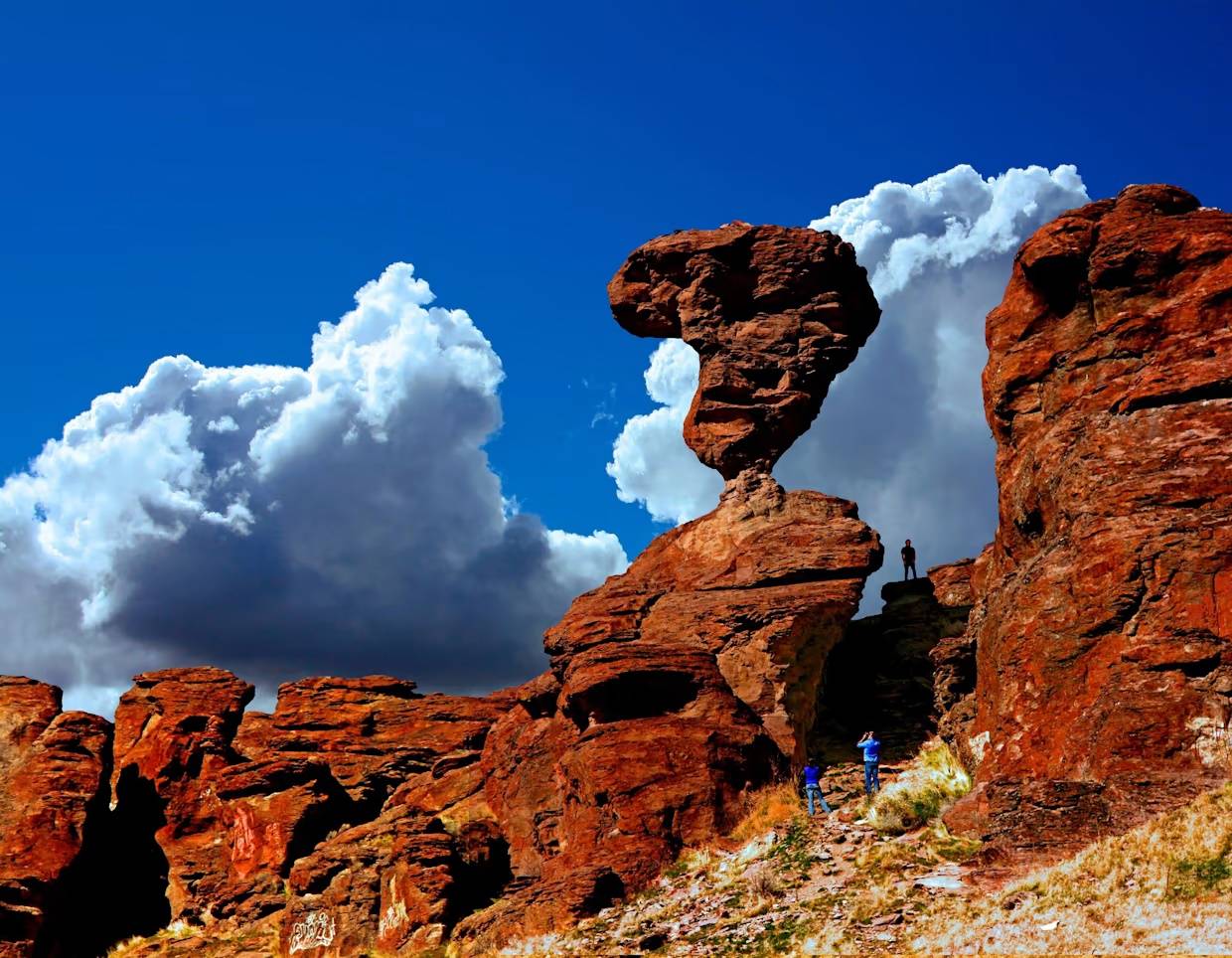
Balanced Rock Park, USA
I wouldn’t stand there if I were you
© Gerry Slabaugh
Over 15m tall and weighing 40 tons, this wind-carved rock balances precariously on a pedestal only 1m by 43cm. No, we wouldn’t want to stand there for too long.
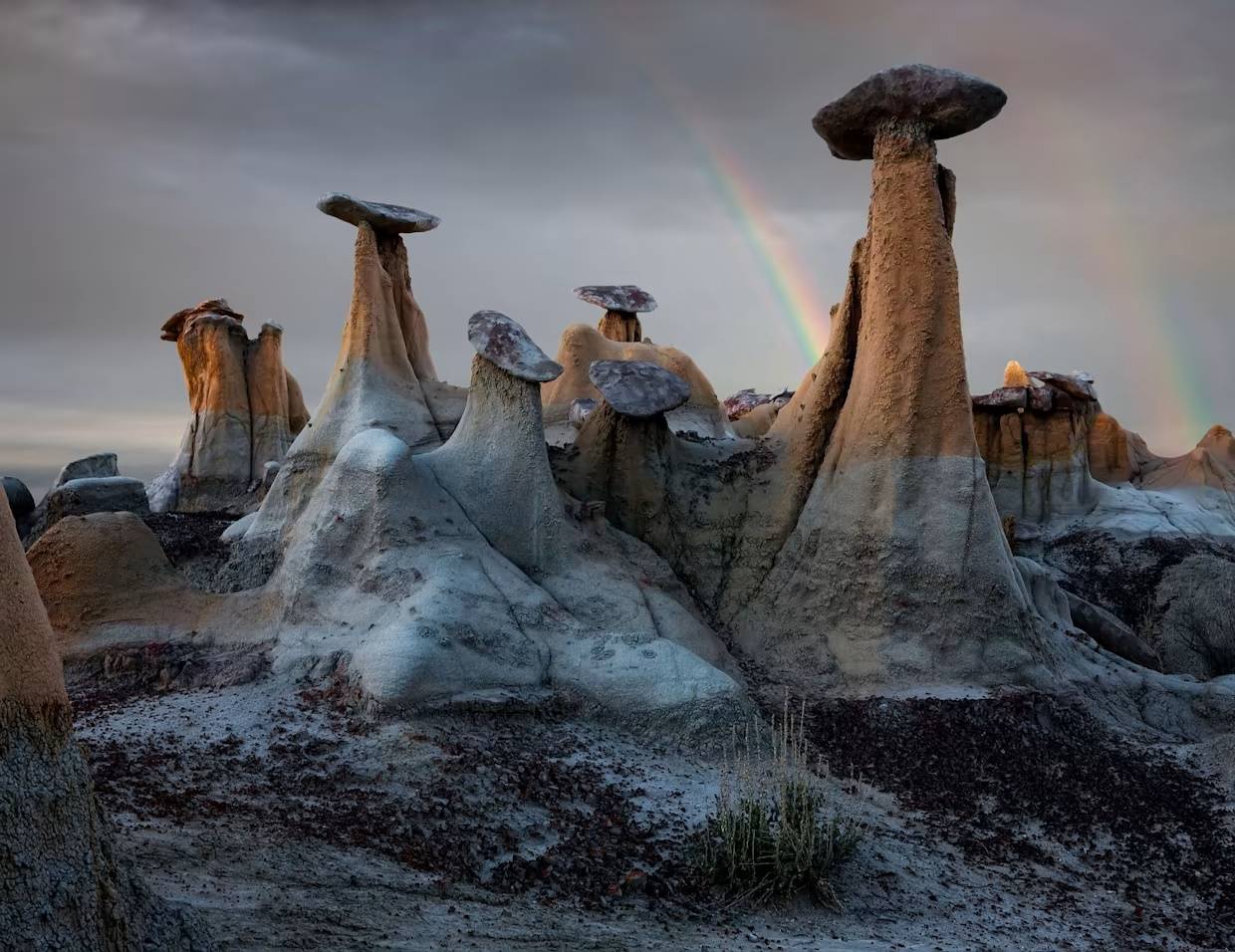
Hoodoos in Ah-Shi-Sle-Pah Wilderness
Rainbow over rocks
© Cecil Whitt
At first glance this may look like a collection of fungi but the rainbows give the game away on the scale of these formations. Called Hoodoos, these tall rock spires form in arid deserts. The balanced stone on top is typically a much harder rock and serves to protect the column from nature’s elements

Mushroom Rock State Park, USA
Rock on
© John Elk III/Lonely Planet Images
Located in the Smoky Hills region of north-central Kansas, this park is noted for its mushroom-like rock formations, also a kind of hoodoo. While naturally a source of interest for geologists, you don’t need to be a rock specialist to gaze and question: are these really formed naturally, or are they the work of another life force?
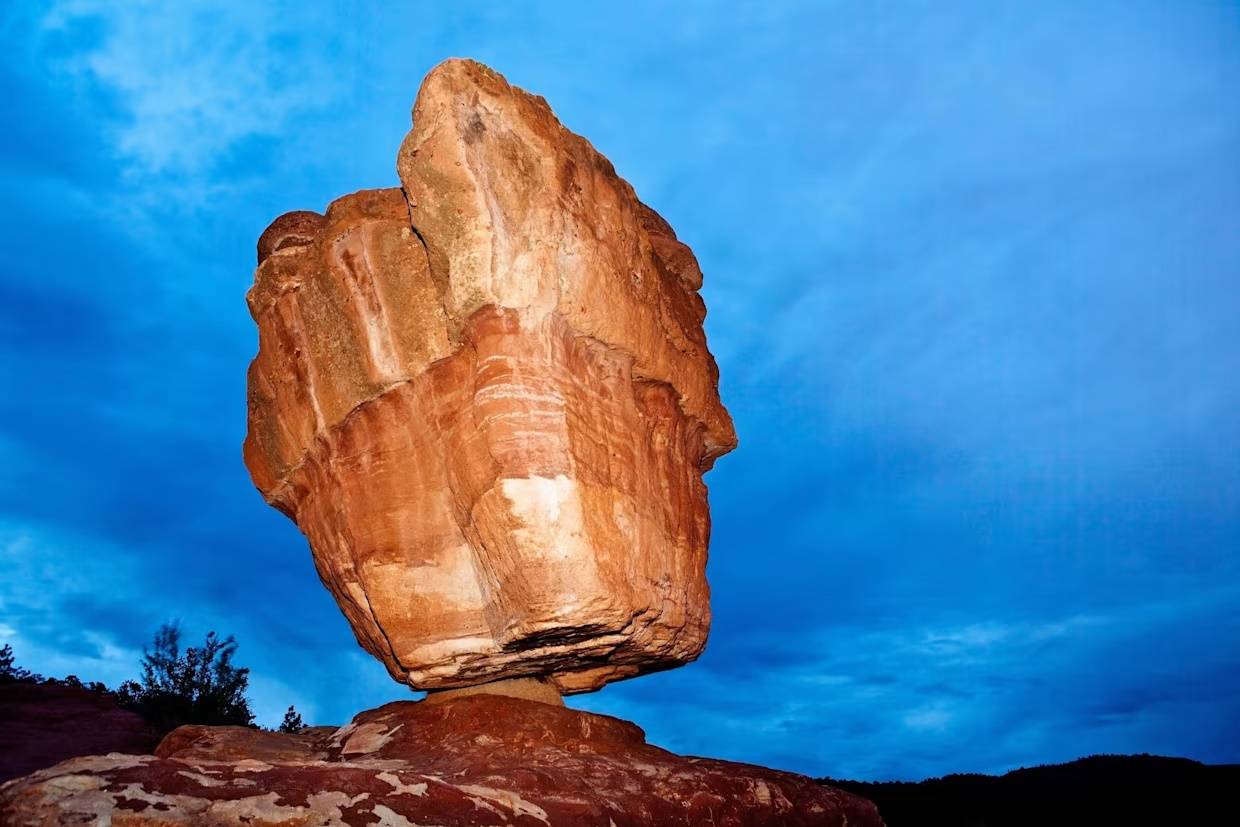
Balanced Rock, Garden of the Gods
Rock and Roll
© Bryan Mullennix/Getty Images
What would it take to push this rock god over? We’re pretty sure the answer is not much. Reversing your car near here? Not a good idea.
This unique stone is part of Colorado’s Garden of the Gods, a unique wilderness that has been the home to many native American tribes for over 3,000 years. Look closely, and in the rock you’ll be able to see the history of past ages, from ancient seas to sandy beaches to forgotten mountains.
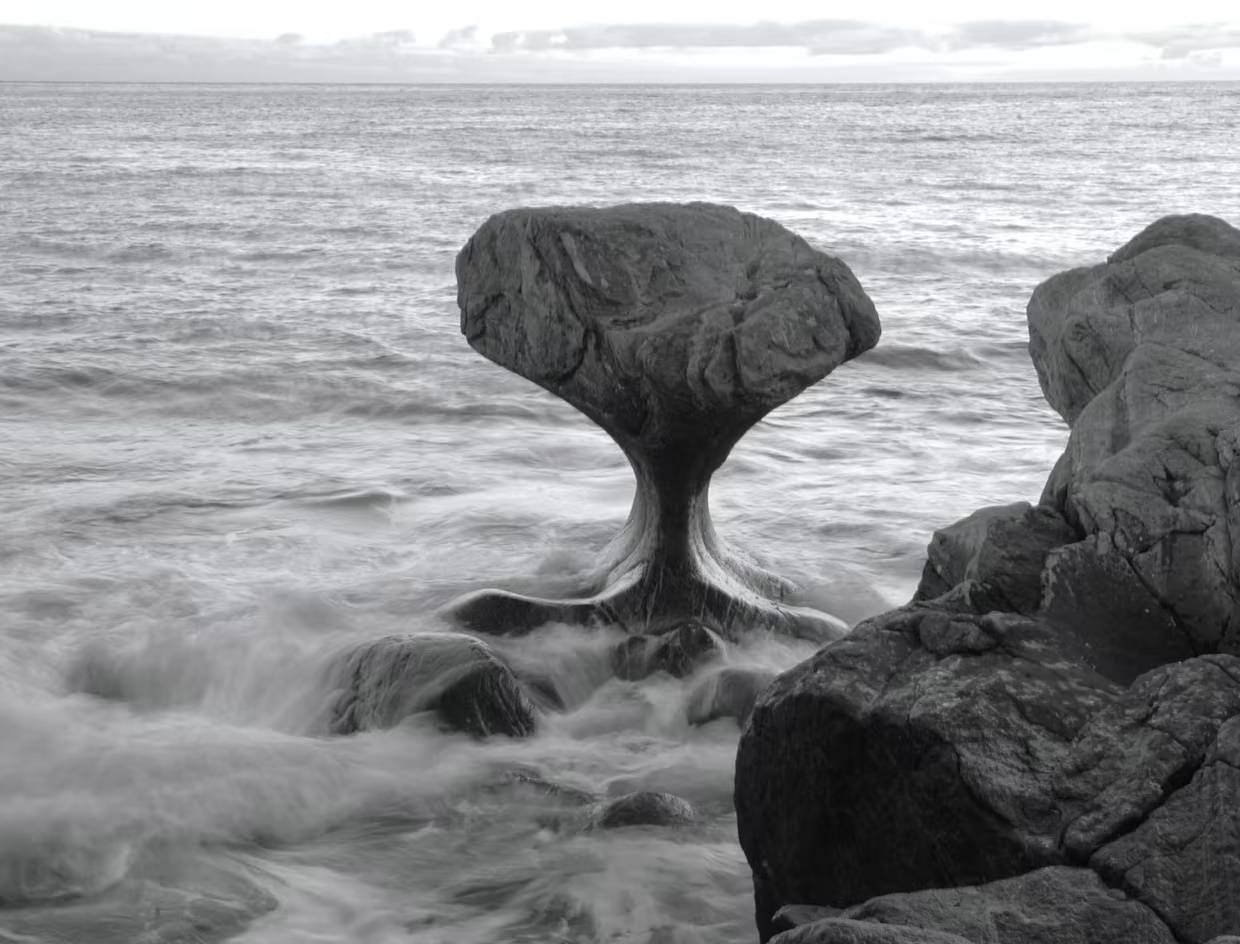
Kannesteinen rock, Norway
Sculpted rock off the coast of Norway
© Kjerstin Gjengedal/Getty Images
Just metres from the shoreline, a statue of a whale’s fin provides a timely reminder of the great creatures that roam the oceans in these latitudes. Only this wasn’t sculpted by hand. Sometimes nature can out-do anything us humans create. This beautiful rock, crafted by the sea, is testament to that.
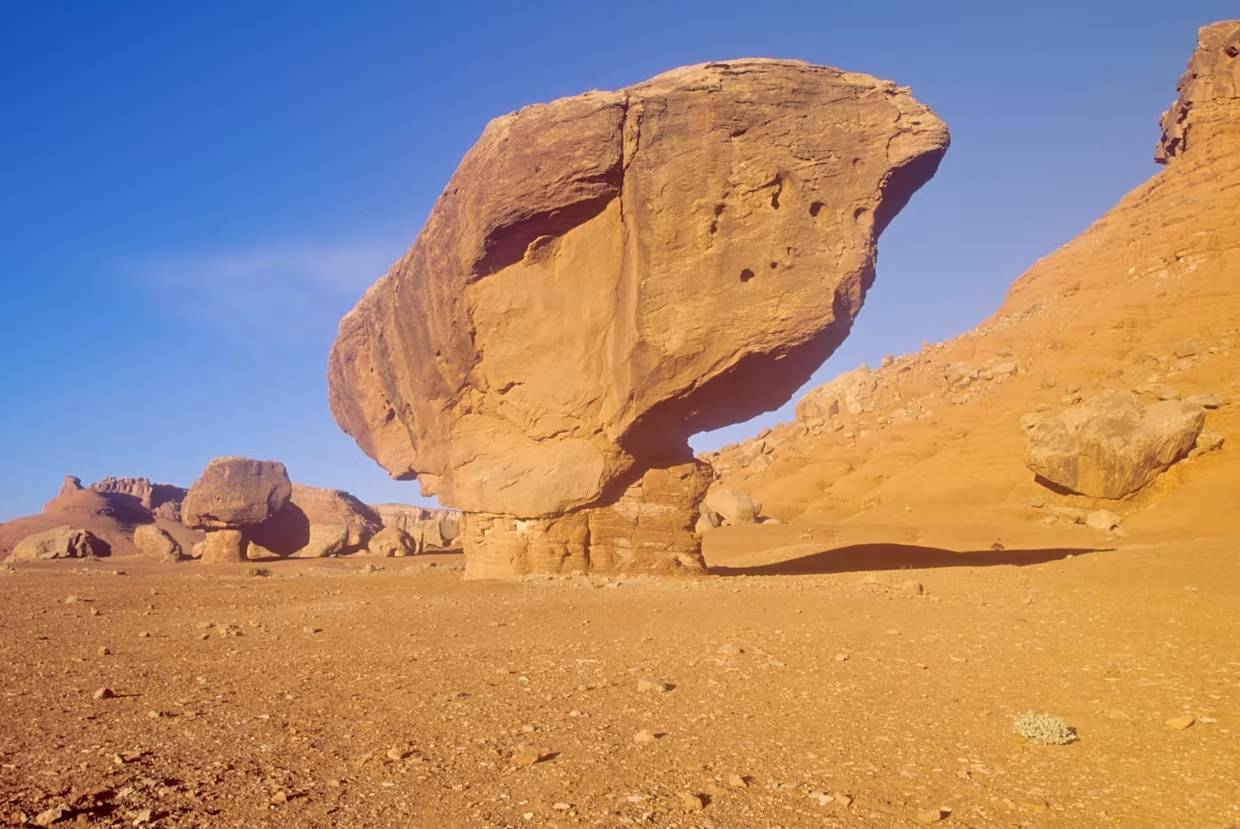
Marble Canyon, Arizona
Between a rock and a hard place
© VisionsofAmerica.com/Joe Sohm via Getty Images
So named for its colourful rocks, Marble Canyon is famed for its rafting and fishing. It’s a great location for some backcountry time out but pitching your tent underneath this bad boy is probably a bad idea.
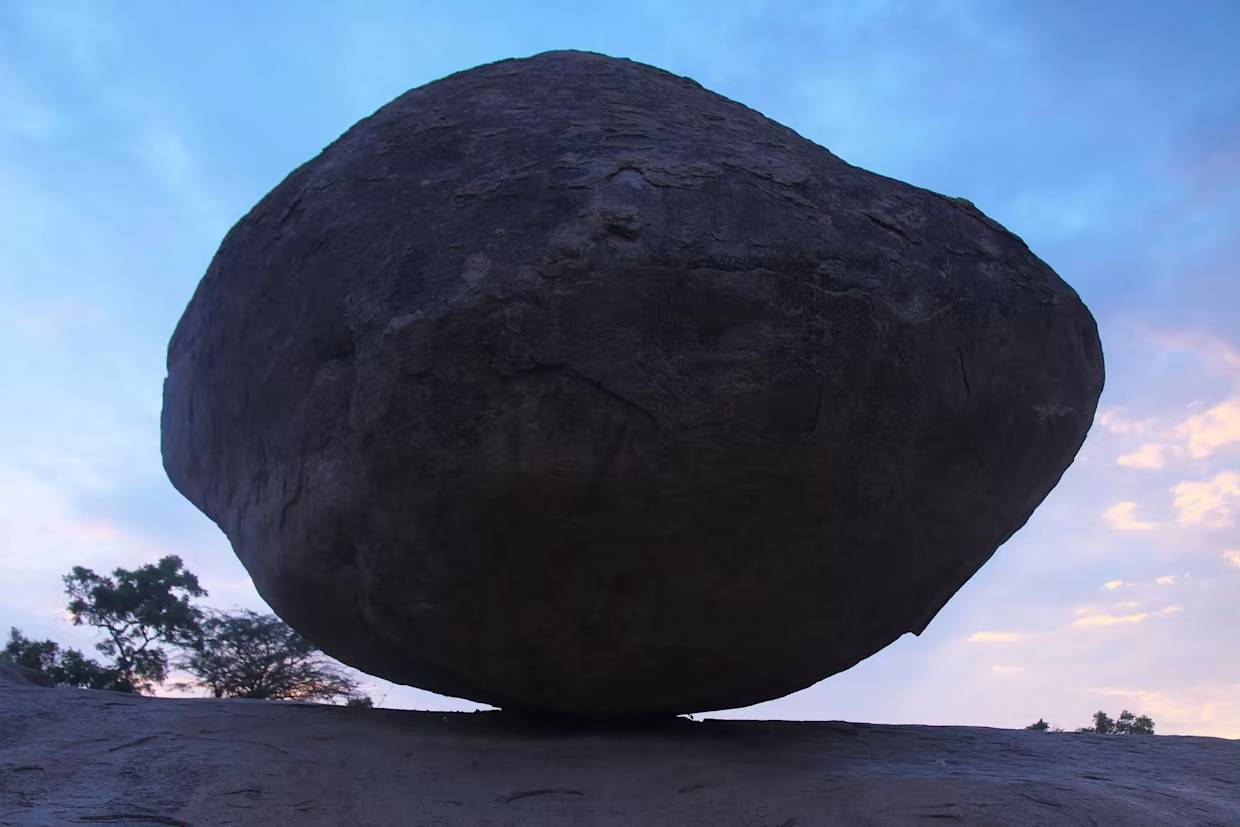
Krishna’s Butter Ball, India
Prehistoric rolling stone
© Mitsuo Ambe/Getty Images
You could be forgiven for not wanting to stand here and take this photo. At any moment, this giant ball looks as though it will start to obey the laws of gravity and unleash itself like the famous Indiana Jones opening sequence.
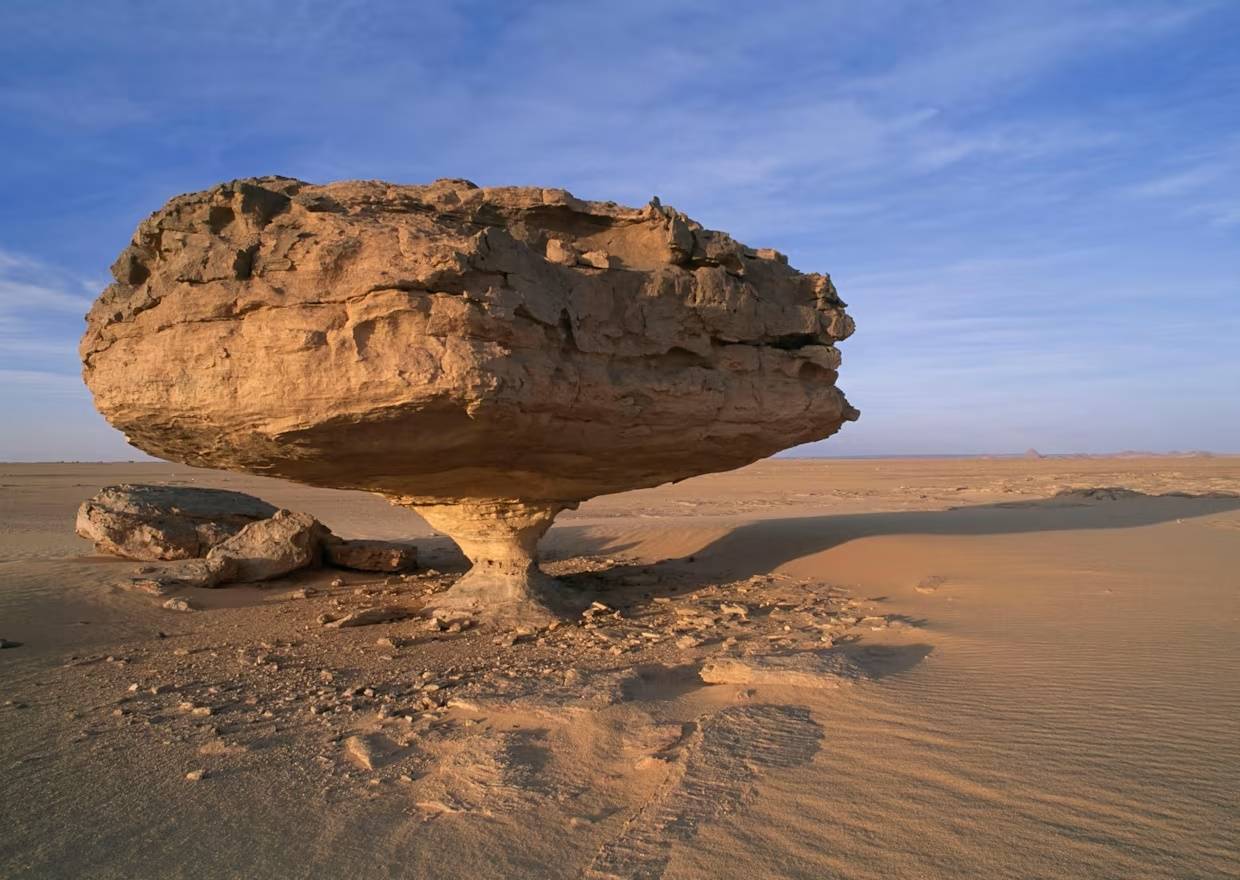
Ténéré desert rock
Steady as a rock. But not for much longer…
© National Geographic Creative
One of the world’s lesser known deserts, the Ténéré comprises a vast stretch of the Sahara – some 400,000 square kilometres – from northeastern Niger into western Chad. It’s also one of the most inhospitable, where daytime temperatures can reach 42ºC.
Hot, dusty winds known as the harmattan blow year round and are partly responsible for helping to create unique rock features such as these.
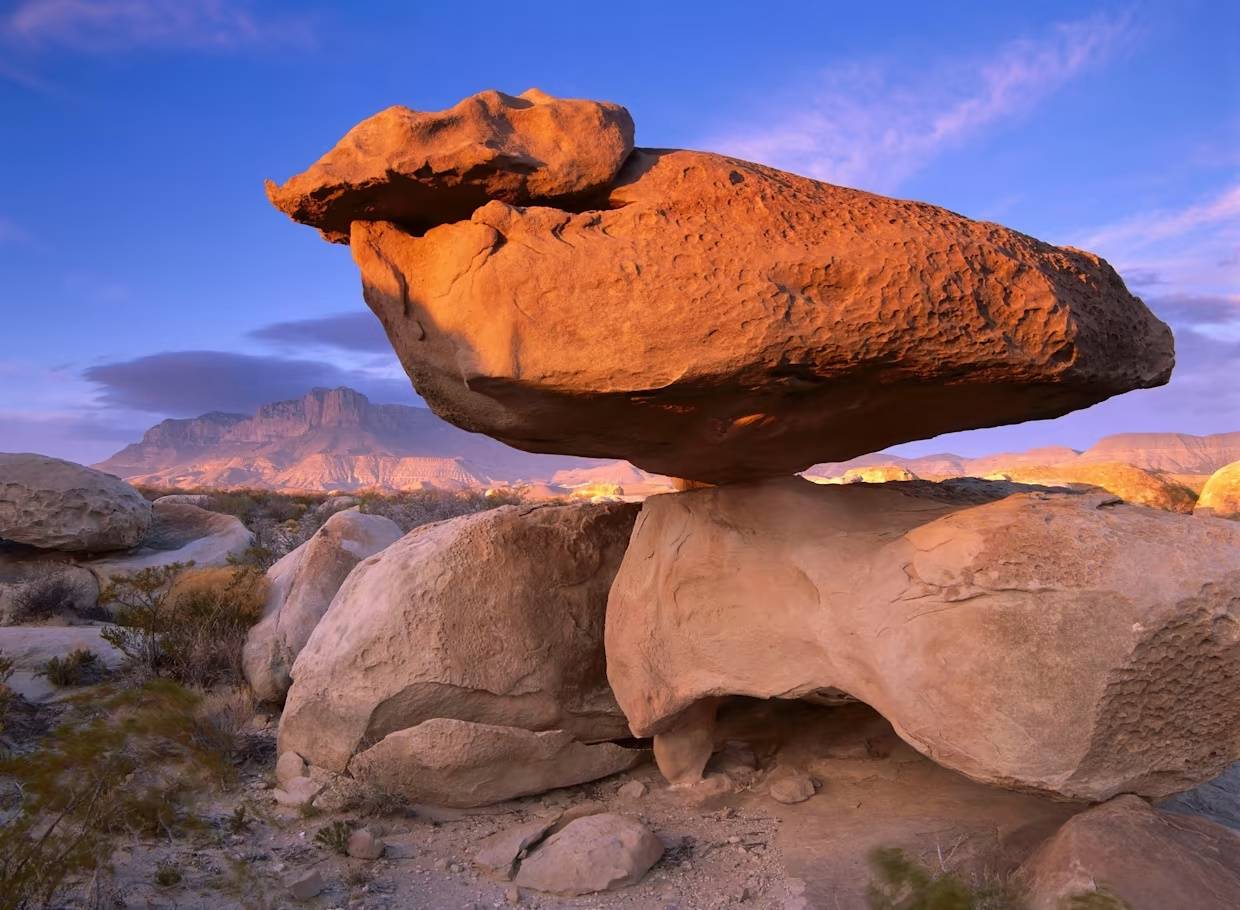
El Capitan (the other one), USA
El Capitan, the lesser known one.
© Tim Fitzharris/Minden Pictures/National Geographic CreativeMention El Capitan and you can be forgiven for thinking of the huge 1,000m walls of Yosemite National Park. It’s fair to say, the bigger El Cap is the better known chunk of rock.
But small is beautiful and the rocks of Guadalupe Mountains national park, Texas are no less captivating, especially this precariously balanced one.
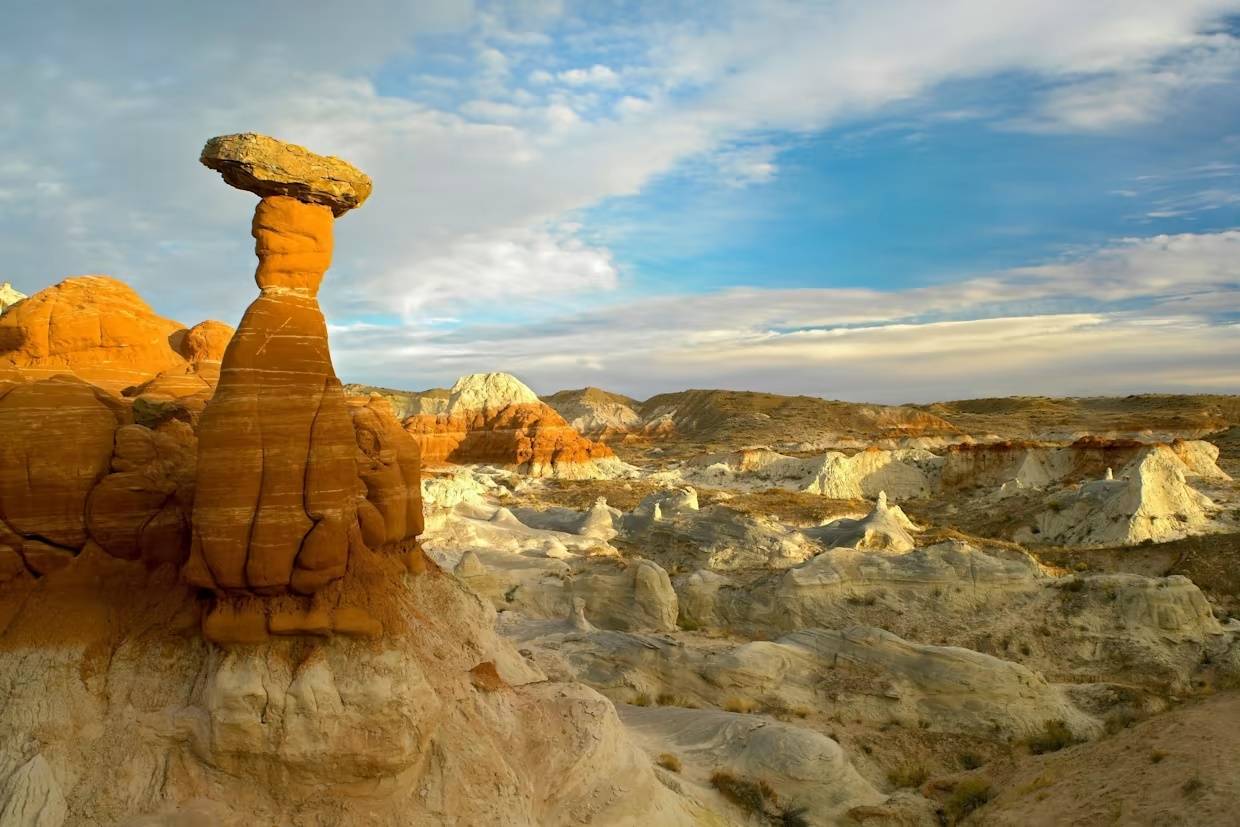
Grand Staircase, USA
How did that rock get there?
© Tim Fitzharris/Minden Pictures/National Geographic Creative
Utah’s Grand Staircase-Escalante National Monument is a window into time, a geologic sampler with a huge variety of rock formations and features. This delicately balanced rock is part of the Grand Staircase, a geological formation spanning eons of time. There’s only one question. How did that rock get there in the first place?





